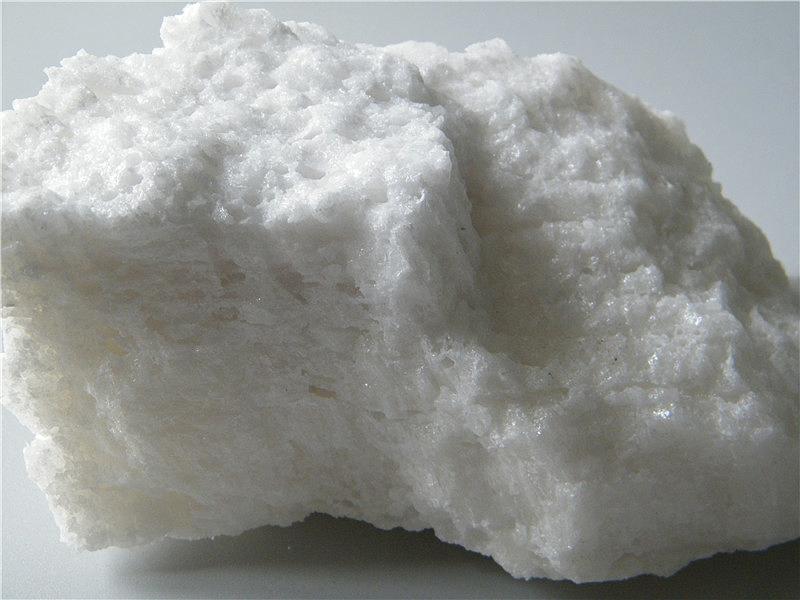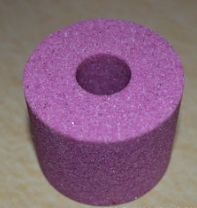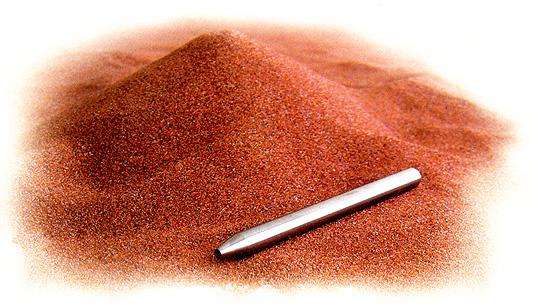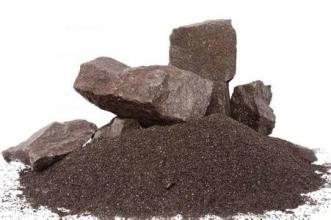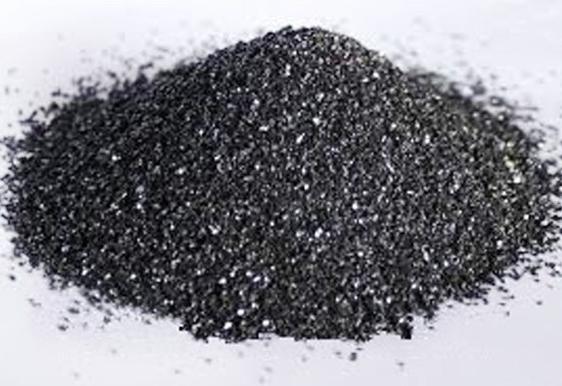Black Silicon Carbide
Black silicon carbide is made from quartz sand, petroleum coke and high-quality silica as the main raw materials, and is smelted at high temperature in a resistance furnace. Its hardness is between corundum and diamond, its mechanical strength is higher than corundum, and it is brittle and sharp. Silicon carbide (SiC) is smelted at high temperature in a resistance furnace using quartz sand, petroleum coke (or coal coke), and wood chips as raw materials. Silicon carbide also exists in nature as a rare mineral, moissanite. Silicon carbide is also called moissanite. Among contemporary non-oxide high-tech refractory raw materials such as C, N, and B, silicon carbide is the most widely used and economical one. It can be called emery sand or refractory sand. Silicon carbide is smelted at high temperature in a resistance furnace using raw materials such as quartz sand, petroleum coke (or coal coke), and wood chips (salt is required when producing green silicon carbide). The silicon carbide produced industrially in my country is divided into two types: black silicon carbide and green silicon carbide. Both are hexagonal crystals with a specific gravity of 3.20~3.25 and a microhardness of 2840~3320kg/mm2. Including black silicon carbide and green silicon carbide, among which: green silicon carbide is made from petroleum coke and high-quality silica as the main raw materials, with salt as an additive, and smelted at high temperature in a resistance furnace. Its hardness is between corundum and diamond, and its mechanical strength is higher than corundum. Commonly used silicon carbide abrasives have two different crystals. One is green silicon carbide, which contains more than 97% SiC and is mainly used for grinding hard gold-containing tools. The other is black silicon carbide, which has a metallic luster and contains more than 95% SiC. It is stronger than green silicon carbide but has lower hardness. It is mainly used for grinding cast iron and non-metallic materials. The molecular formula is SiC. Its hardness is between corundum and diamond, and its mechanical strength is higher than corundum. It can be used as an abrasive and some other industrial materials. Industrial silicon carbide was successfully developed in 1891 and was the earliest artificial abrasive. Although a small amount of silicon carbide exists in meteorites and the earth's crust, no mineable mineral source has been found so far. Pure silicon carbide is a colorless and transparent crystal. Industrial silicon carbide appears in light yellow, green, blue or even black due to different types and contents of impurities, and its transparency varies with its purity. The crystal structure of silicon carbide is divided into hexagonal or rhombohedral α-SiC and cubic β-SiC (called cubic silicon carbide). α-SiC consists of many different variants due to different stacking sequences of carbon and silicon atoms in its crystal structure, and more than 70 species have been discovered. β-SiC transforms into α-SiC above 2100°C. The industrial production method of silicon carbide is to use high-quality quartz sand and petroleum coke to refine it in a resistance furnace. The silicon carbide blocks obtained are made into products of various particle sizes through crushing, acid and alkali washing, magnetic separation and screening or water separation. There are two commonly used basic varieties of silicon carbide: black silicon carbide and green silicon carbide, both of which belong to α-SiC. ① Black silicon carbide contains about 98.5% SiC, and its toughness is higher than green silicon carbide. It is mostly used to process materials with low tensile strength, such as glass, ceramics, stone, refractory materials, cast iron and non-ferrous metals. ② Green silicon carbide contains more than 99% SiC and has good self-sharpening properties. It is mostly used for processing cemented carbide, titanium alloy and optical glass. It is also used for honing cylinder liners and fine grinding of high-speed steel cutting tools. In addition, there is cubic silicon carbide, which is a yellow-green crystal produced by a special process. The abrasive tools used to make it are suitable for ultra-finishing of bearings, and can make the surface roughness from Ra32 ~ 0.16 microns to Ra0.04 ~ 0.02 micron. Silicon carbide has stable chemical properties, high thermal conductivity, small thermal expansion coefficient, and good wear resistance. In addition to being used as an abrasive, silicon carbide has many other uses. For example, silicon carbide powder is coated on turbine impellers or cylinder blocks using special processes. The inner wall can improve its wear resistance and extend the service life by 1 to 2 times; the advanced refractory material made of it is thermal shock resistant, small in size, light in weight, high in strength, and has good energy saving effect. Low-grade silicon carbide (containing about 85% SiC) is an excellent deoxidizer. It can speed up steelmaking, facilitate control of chemical composition, and improve the quality of steel. In addition, silicon carbide is also widely used in the production of silicon carbide rods for electric heating elements. Silicon carbide is very hard and has excellent thermal conductivity. It is a semiconductor and can resist oxidation at high temperatures.

